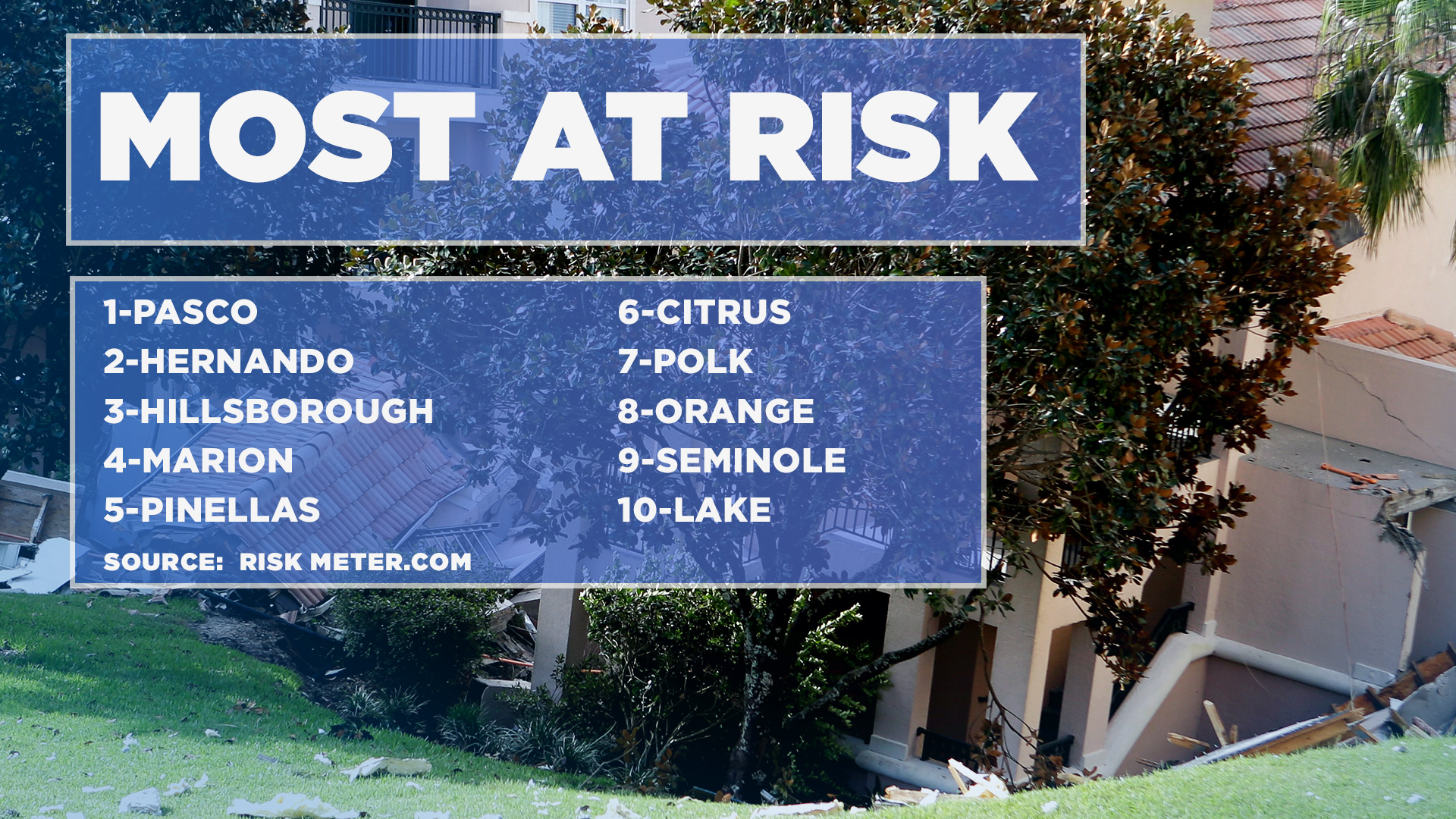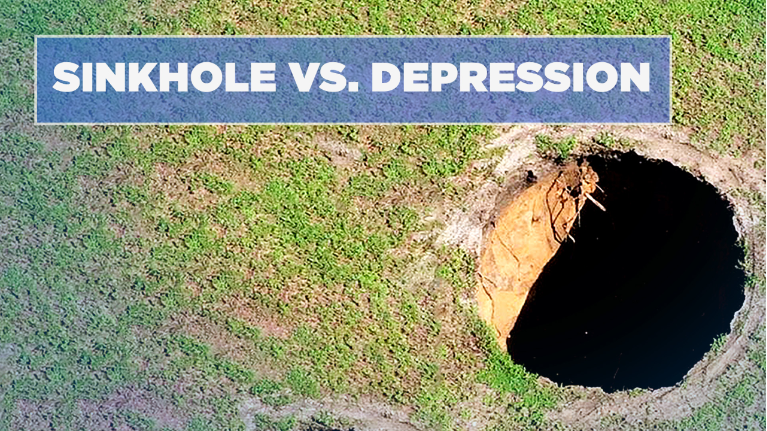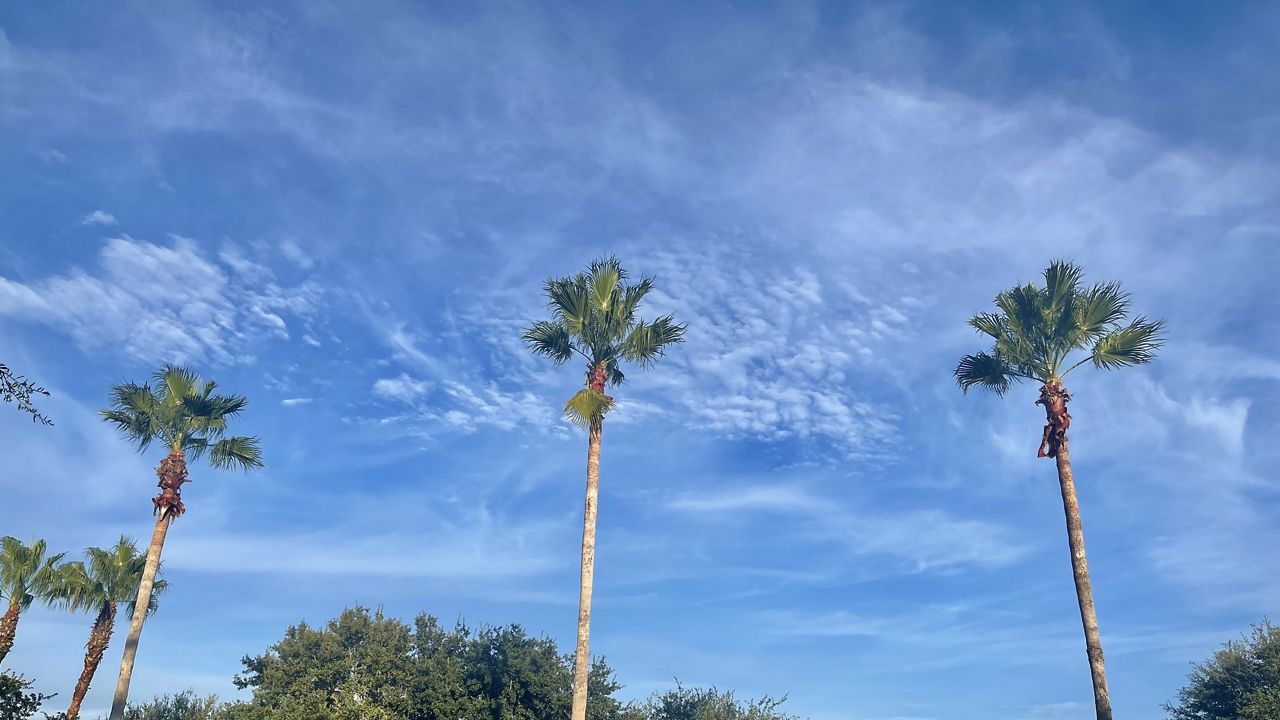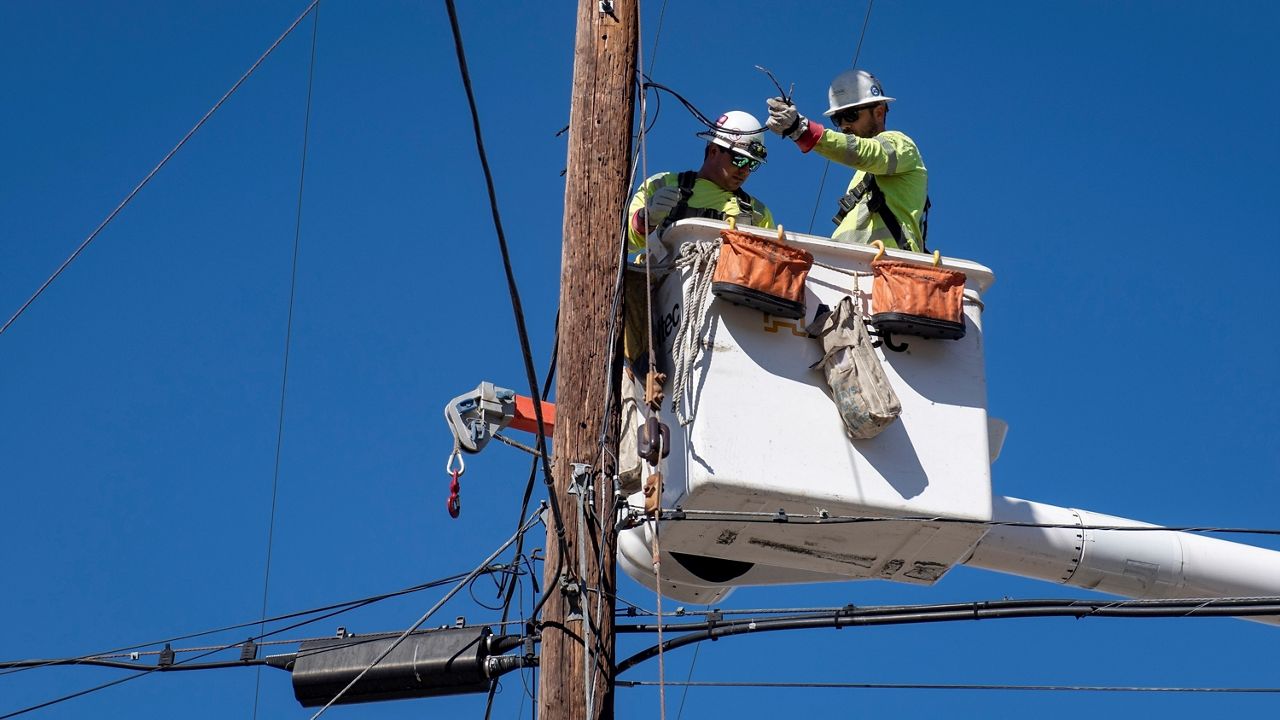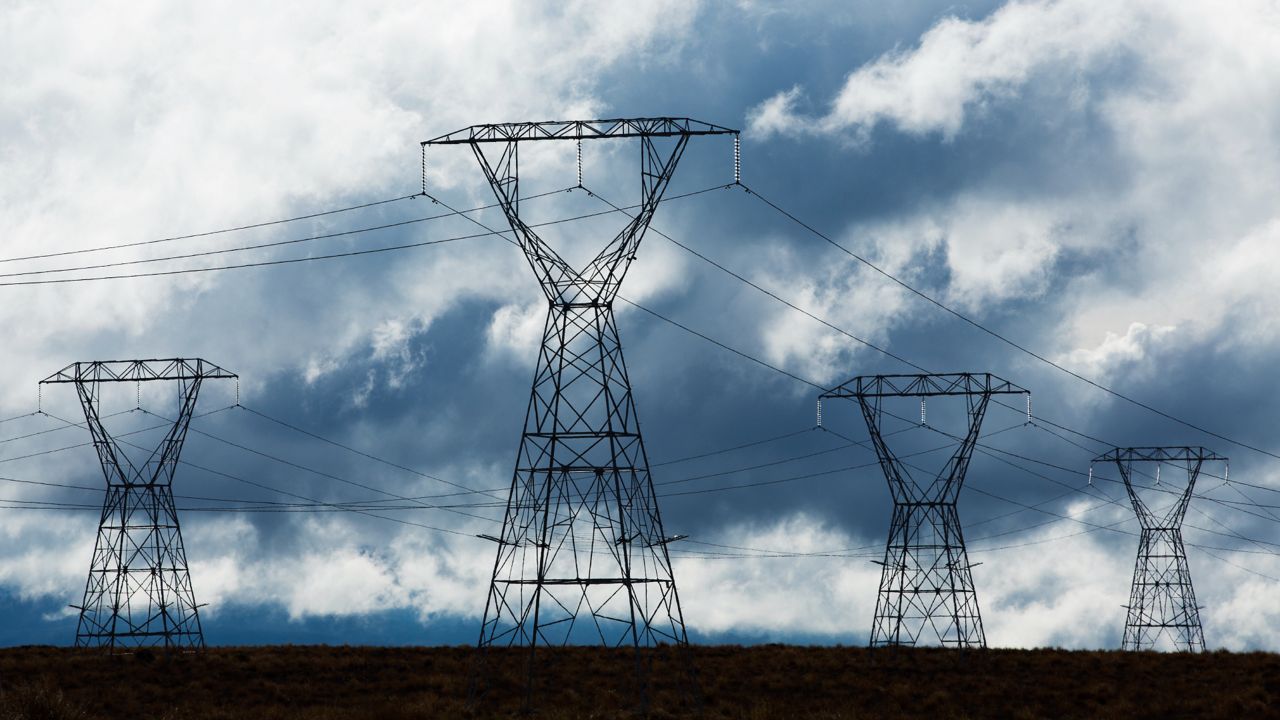As officials continued Tuesday to investigate 20 depressions that have formed in Pasco County in recent days, it brings up the question:
What is the difference between a depression and a sinkhole?
It's a matter of semantics.
The best way to explain it, from the Florida Environmental Department website, a sinkhole is a type of depression, but not all depressions are sinkholes.
The official explanation online also says "often a depression is not verified by a licensed professional geologist or engineer to be a true sinkhole, and the cause of subsidence is not known. Such events are called subsidence incidents."
RELATED STORY: 4 More Depressions ID'd in Hudson Community; Total Now 20
Why it matters is for insurance purposes. Sinkholes are covered by insurance as "catastrophic ground cover collapse" and they have to meet these criteria.
1. The abrupt collapse of the ground cover;
2. A depression in the ground cover clearly visible to the naked eye;
3. Structural damage to the covered building, including the foundation; and
4. The insured structure being condemned and ordered to be vacated by the governmental agency authorized by law to issue such an order for that structure.
Otherwise, your property may have cracks, but the home is still livable and your insurance company may not pay for the damage.
Florida law says all insurance companies licensed in Florida must "offer" sinkhole coverage.
However, it usually is added to an existing policy and costs more.
Who's most at risk?
State officials consider Florida the sinkhole capital of the nation.
The Florida Department of Environmental Protection has an answer to its online Frequently Asked Questions. Is there a safe area in Florida?
Its answer: "Technically, no. Since the entire state is underlain by carbonate rocks, sinkholes could theoretically form anywhere. However, there are definite regions where sinkhole risk is considerably higher." Read the full answer.
If you want to see what the risk areas look like, the insurance journal posted this map online.
The green dots represent publicly known sinkholes. Red dots are what the experts are tracking as well.
There is a large cluster of sinkhole activity around Tampa Bay.
RiskMeter.com provides risk assessment to insurance agencies and came up with a list of the most at-risk areas in Florida. (see graphic below).
In the top seven statewide, six of the Bay area's viewing counties are there with Pasco leading the way.
The University of South Florida works with state officials to also map out where sinkholes occur.
